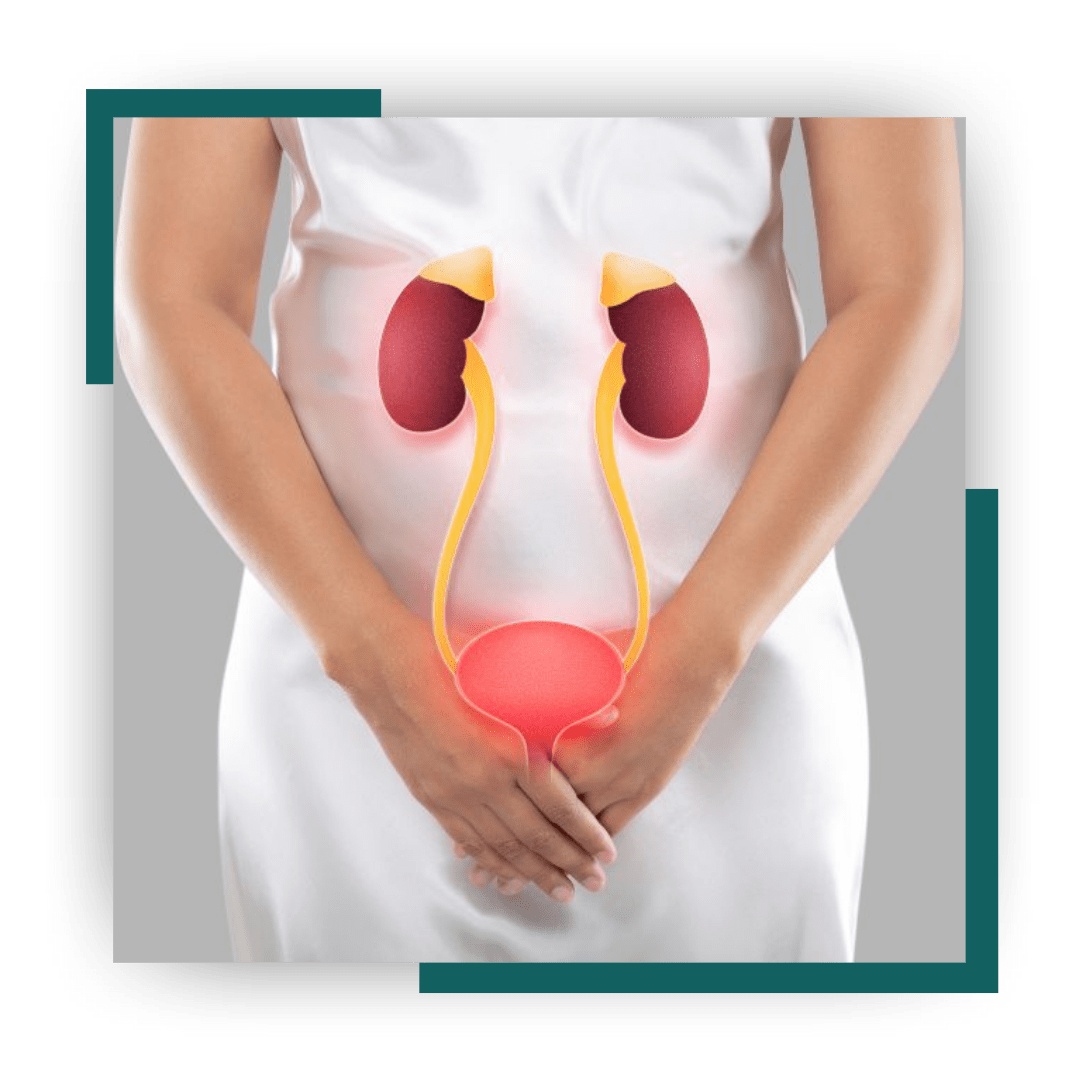Urinary Incontinence Treatment In Punjab
If are you looking for the best treatment for Urinary Incontinence in Punjab, Then you are at the right place. At Star Hospital we know how urinary incontinence affects people’s quality of life. That’s why we offer a range of treatments to help our patients manage this condition and improve their overall well-being. Our team of experienced urologists and nurses is dedicated to providing compassionate care and personalized treatment plans to each individual. When you suffer from urinary incontinence, you must consult a healthcare professional for diagnosis and decide how to manage the problem. However, with proper management, urinary incontinence symptoms can be controlled to greatly enhance your lifestyle. Urinary incontinence is one of the usual diseases occurring among various individuals mostly women and aged people. Urinary incontinence is the involuntary release of urine usually leading to humiliation and emotional distress. Urinary incontinence can be in various forms, such as stress, urge, or a combination thereof, as is seen in mixed incontinence.

Types of Urinary Incontinence
Millions of people across the globe have experienced urinary incontinence. Additionally, it involves an unconscious trickling or spilling out of urine that is usually very shameful in addition to being a disruption. The causes and treatments differ among various types of urinary incontinence.
Stress Incontinence: The most common urinary incontinence condition is stress incontinence. This happens when the muscles that provide support to the bladder and urethra lose their function making it impossible to stop the flow of urine. It can occur during pregnancy, childbirth, menopausal age, or even obesity. Aims of treatment may be pelvic floor exercises, medication, or surgery.
Urge Incontinence: ‘Urge incontinence’ otherwise termed as Overactive Bladder is a sudden urge to urinate that forces a person to pass urine whether the bladder may not be full. An overactive bladder muscle that may occur due to various stimulants such as caffeine, alcohol, and some drugs can cause this kind of incontinence. The treatment choices are bladder training, medication, and surgery.
Overflow Incontinence: Overflow incontinence involves fullness of the bladder which prevents it from emptying all the way, causing overflow urine leakage. Urethral incontinence that results from an obstruction in the urinary tract may stem from things like an enlarged prostate or tumours. The treatment consists of medications, catheterization, and surgery.
Functional Incontinence: The first type of incontinence referred to as functional incontinence arises due to some physical disability or limitations that impair one’s ability to get to the toilet in time. It is also known as incontinence related to dementia or simply urinary incontinence. These treatment options include the use of behavioural therapy and assistive devices.
Mixed Incontinence: Mixed incontinence is any incontinence that combines more than one kind of urine leakage. It may be due to a multitude of reasons including a hyperactive bladder or poor pelvic floor muscles. Treatment methods will largely be determined by the underlying causes or the types of incontinence, which could either be combined medical surgery and behavioural therapy or just a single method.
A lot of people around the globe suffer from urinary incontinence. This refers to the situation where the bladder controls are lost resulting in urine leakage without the will of an individual. There are several causes of urinary incontinence, including:
Urinary Tract Infections: UTI usually causes urine leakage and particularly women are affected by this. UTIs can cause a burning sensation in the bladder and urethra causing the urgent urge for urinating or may lead to incontinence of urination.
Neurological Disorders: For example, multiple sclerosis, Parkinson’s, spinal cord injuries, and other neurological disorders affecting the nerves that control the bladder may result in this condition.
Prostate Problems: An enlarged prostate gland may also result in urinary incontinence in men. This is why a swollen prostatic gland that lies beneath the bladder may put pressure on the urethra and reduce one’s ability to hold back urination.
Weak Pelvic Muscles: The most common factor leading to urinary incontinence is weak pelvic muscles. The muscles that provide support for the bladder and urethra also assist in controlling urine flow. The weakened condition of these muscles means leaking and dripping of urine.
Medications: Urinary incontinence is also a common complication of some medications. Such drugs involve diuretics, sedatives, and muscle relaxants.
Obesity: When you are overweight this may cause stress on the bladder leading to urinary incontinence.
Treatment Options for Urinary Incontinence :
It can be treated using different methods according to the kind and extent of the urinary incontinence. Some of the widely accessible treatment options include:
Behavioural skills
Behavioural skills include lifestyle changes that can help control urination. These strategies include:
Bladder training: This involves going to the toilet to allow the bladder to urinate for longer periods of time.
Pelvic floor exercises: These are also known as Kegel exercises, these exercises help in developing bladder control muscles that control urination.
Water Control and Health: Avoiding certain stimulants that irritate the bladder, such as coffee and alcohol, and limiting water intake can help control urination.
Medications
Doctors can prescribe medications to help treat urinary incontinence. These medications include:
Anticholinergic medications: These medications help relax the bladder muscles and reduce the amount of urine.
Mirabegron: This drug helps in dilating the bladder muscles as well as increasing the ability of the bladder to urinate.

Interventional treatment involves more invasive procedures to help manage urinary incontinence. These treatments include:
Botox injection: This involves injecting Botox into the bladder muscles to help the bladder muscles relax and reduce tension.
Sacral Neuromodulation: This involves implanting a device that sends electrical signals to the bladder muscles. The nerves that control the bladder may help reduce urinary incontinence symptoms.
For more information regarding Urinary Incontinence Contact Us now.

